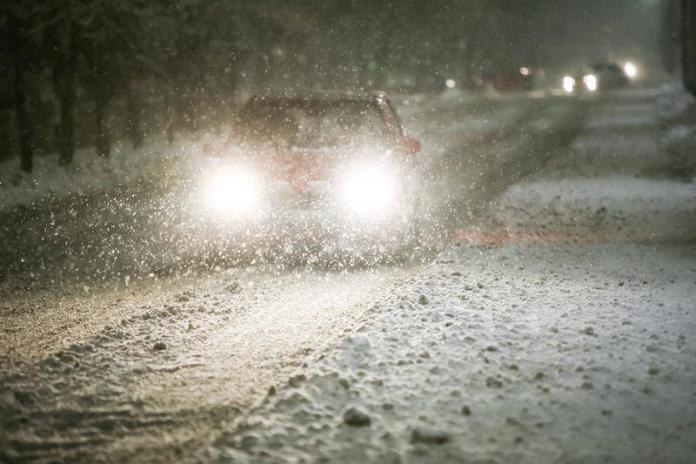Driving in winter can be intimidating. With so many dangerous conditions to navigate, it can be hard to know where to start. Considering each of the many winter conditions that you may be up against can help you be a successful first-time winter driver.
Ice
One of the biggest reasons that winter-time driving is difficult and intimidating to many is the ice. When the temperature drops and snow gets packed onto the road, ice forms. As a new winter driver, there are different types of winter ice to be aware of. There is some ice that you can see on the road and can prepare yourself to drive on.
But in other situations, you may encounter black ice which is simply ice that has formed on the road in such a way that it blends in with the black tar of the road, becoming invisible in effect.
Potholes
Winter conditions can affect the surface of the road in interesting ways. When snow gets packed into potholes, it can turn into ice and can consequently cause those potholes to expand. When warmer temperatures come around and the ice melts and the pothole is again covered with fresh snow, these potholes can pose a real safety risk to drivers.
When they are hidden from your view, you may inadvertently hit them at high speeds and have damage done to your car. Potholes have sharp edges and can lead to damaged tires. For this reason, you should slow down your driving so that you can be as aware of potholes as possible and so that you don’t hit them at high speeds if you do.
Slower Brake Time
One of the most important things to remember when driving in winter conditions is to increase the space between your car and the cars around you. Especially when you are driving on the freeway, keeping that distance is one of the most important things to keep you safe.
Accidents can be more common during the winter because of decreased visibility and slick roads. And to add to that, when cars have less traction, it can be harder to stop to avoid collisions. Increasing your following distance to five or six seconds can help you avoid these types of situations.
Driving in the snow is difficult. Driving on ice is scary. But when you’re aware of these different conditions, you’ll be able to better navigate them and avoid potential danger.
Read this next: A Guide to Dealing with an Auto Accident








